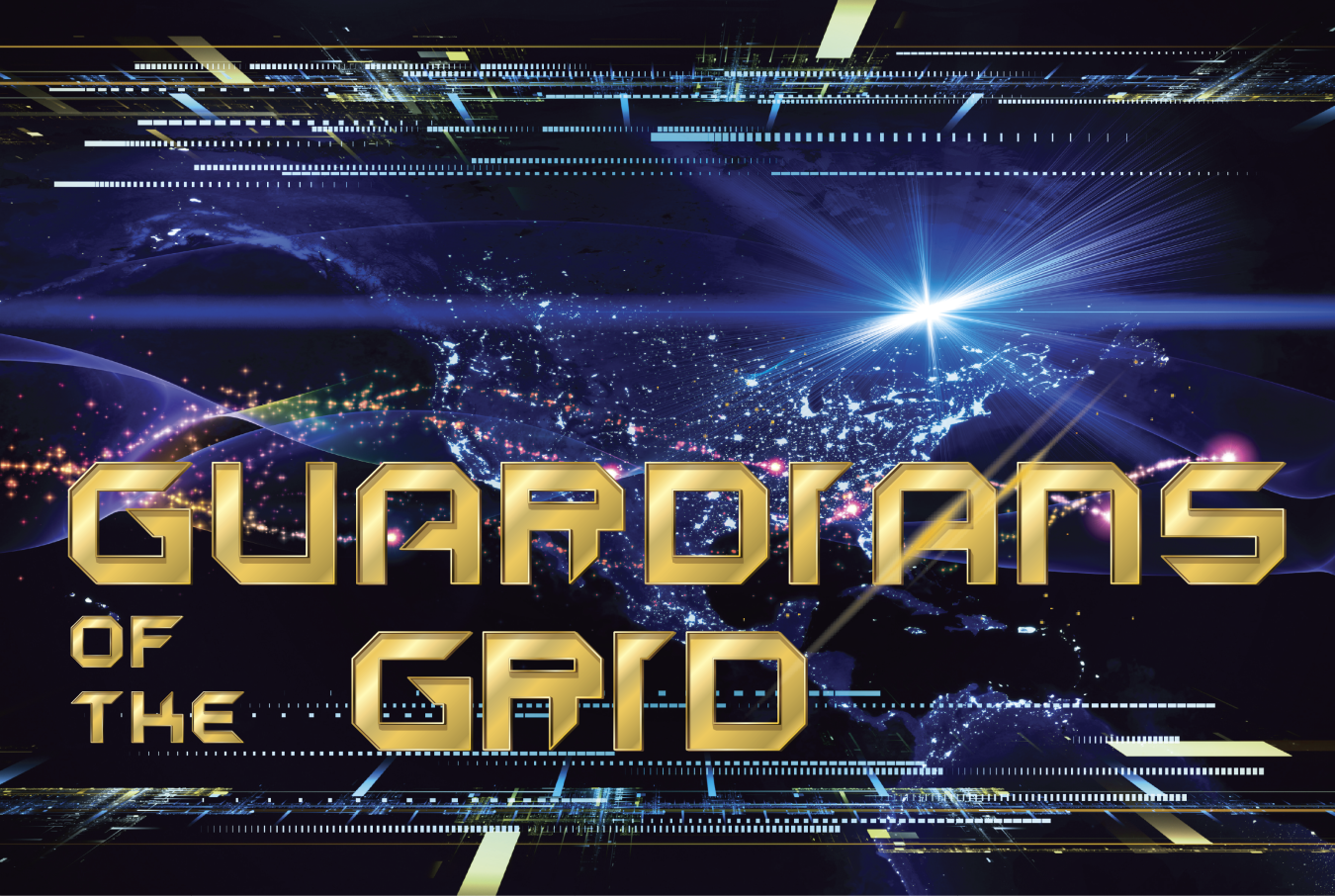Four reasons why hydropower plays a major role in maintaining the reliability and resiliency of the U.S. power grid.
Office of Energy Efficiency & Renewable Energy
May 1, 2017
Graphic by Sarah Harman
Hydropower has been around for more than a century and accounts for up to seven percent of the nation’s power supply. But it does a lot more than just generate power. This energy source plays a major role in maintaining the reliability and resiliency of the U.S. power grid.
Hydropower is reliable
Remember the sweeping Northeast blackout in 2003? What could have been a manageable local event turned into a massive grid stressor that affected more than 45 million people in eight states. What you may not have known is that hydropower plants in western New York were able to restart quickly and help stabilize the grid because hydropower is the sole generation type that can resume operations without relying on a kick start from an outside power source. Imagine how much more resilient and secure the nation’s power grid could be if more hydropower was added to the mix!
Hydropower functions like a battery
Pumped-storage hydropower (PSH) is the largest form of utility-scale electricity storage in the United States. PSH works like a big battery and effectively safeguards our nation’s energy supply by pumping water between lower and higher-elevated reservoirs. During periods of high electrical demand, water is released from the upper reservoir and rushes to its starting point. This turns turbines that generate power. America currently has 42 PSH plants and can still add even larger amounts of new, flexible, low-cost PSH that could more than double its current PSH capacity.
Hydropower is flexible
Hydropower is an extremely flexible resource. It can supply electricity or store it to meet real-time energy needs. In short, hydropower is the ultimate grid stabilizer — it quickly delivers power after an outage, addresses peak demands and maintains proper voltage levels and frequencies across the grid. How’s that for being flexible?
Hydropower supports the integration of other energy sources
Because hydropower is flexible and can store energy, it’s complementary to other forms of generation. Traditionally, PSH stored excess electricity from base-load sources such as coal or nuclear. Now, with more forms of variable generation like wind and solar coming online, hydropower can make sure power supplies stay constant — even when the sun isn’t shining or the wind isn’t blowing. By contributing to a diverse energy mix, hydropower protects our energy independence and reduces America’s reliance on imported fossil fuels.
It’s the ultimate guardian of the grid.
For more information on water power research, development, testing, and deployment visit the Water Power Technologies Office’s website.


